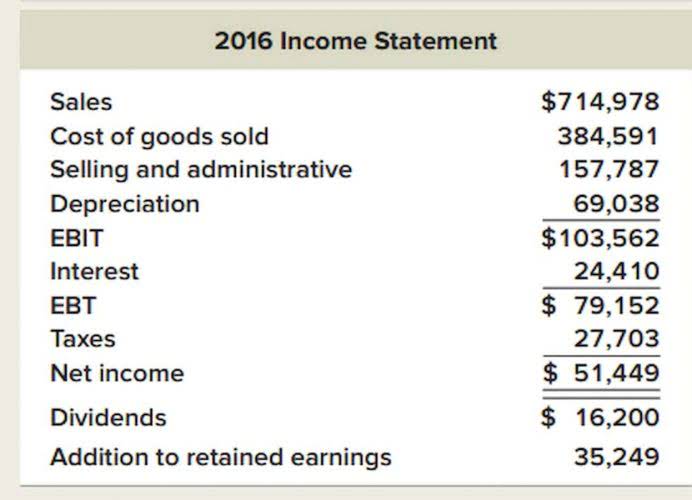
Temporary accounts are used to record accounting activity during a specific period. All revenue and expense accounts must end with a zero balance because they’re reported in defined periods. A hundred dollars in revenue this year doesn’t count as $100 in revenue for next year even if the company retained the funds for use in the next 12 months. Closing is a mechanism to update the Retained Earnings account in the ledger to equal the end-of-period balance.
What are Closing Entries in Accounting?
Closing your accounting books consists of making closing entries to transfer temporary account balances into the business’ permanent accounts. A sole proprietor or partnership often uses a separate drawings account to record withdrawals of cash by the owners. Although the drawings account is not an income statement account, it is still classified as a temporary account and needs a closing journal entry to zero the balance for the next accounting period. Although it is not an income statement account, the dividend account is also a temporary account closing entries and needs a closing journal entry to zero the balance for the next accounting period.
- They typically include the words “Closing Entry” in the description.
- Although it is not an income statement account, the dividend account is also a temporary account and needs a closing journal entry to zero the balance for the next accounting period.
- As a result, the temporary accounts will begin the following accounting year with zero balances.
- Prepare the closing entries for Frasker Corp. using the adjustedtrial balance provided.
- These items include accumulation (known as “accrual” in accounting) of real estate taxes or depreciation accrual, which need to be recorded to close the books.
What are Adjusting Journal Entries (AJE)?
Notice that the balances in the expense accounts are now zeroand are ready to accumulate expenses in the next period. The IncomeSummary account has a new credit balance of $4,665, which is thedifference between revenues and expenses (Figure5.5). The balance in Income Summary is the same figure as whatis reported on Printing Plus’s Income Statement.
Income Summary Account
To do closing journal entries, start by closing all revenue accounts into an Income Summary account. After that, transfer the resulting net income or loss from the Income Summary to Retained Earnings (or Capital for sole proprietorships). Finally, close any Dividends or Owner’s Drawings accounts to Retained Earnings to reset all temporary accounts cash flow for the new period. Closing entries are a vital component of the accounting cycle, ensuring that financial records are accurate and ready for the next period. By resetting temporary accounts and transferring net results to permanent accounts, closing entries facilitate seamless reporting and compliance. While the process can be complex, leveraging modern tools and adhering to best practices can streamline closing entries and enhance the overall efficiency of financial management.
Financial Accounting
Temporary accounts include revenue, expense, and dividend accounts, while permanent accounts consist of asset, liability, and equity accounts. These entries reset temporary accounts to zero, allowing a fresh start for the next accounting Debt to Asset Ratio period. Closing entries are an essential step in the accounting cycle that involves transferring the balances of temporary accounts (revenue, expenses, and dividends) to permanent accounts such as retained earnings. This process resets the temporary accounts to zero, preparing them for the next accounting period while ensuring that the net income or loss is reflected in the equity section of the balance sheet.
Our Review on The Credit One Credit Card

The temporary accounts are now ready to gather data for the next accounting period, which will be distinct from the data from previous periods. Closing entries are journal entries required to close all nominal or temporary accounts at the end of a financial or accounting period or year. To complete the accounting cycle, closing entries must be journalized and posted. In adjustable Trial Balance, we processed the transactions for Bold City Consulting and prepared the financial statements at the end of March.

Can closing entries be reversed?
- Revenue is then credited to the income statement, and expenses are debited there.
- Before creating your final report, generate a trial balance, and if things are not adding up, check your work and enter adjusting entries until you are ready to create the final financial statement.
- The net income (NI) is moved into retained earnings on the balance sheet as part of the closing entry process.
- This process prepares these accounts for the next accounting period, ensuring that they track only the financial activity of the upcoming period.
- If your revenues are less than your expenses, you must credit your income summary account and debit your retained earnings account.
- In other words, the closing entry is a method of making repayments on all the costs incurred within a given financial year.
- However, if the company also wanted to keep year-to-dateinformation from month to month, a separate set of records could bekept as the company progresses through the remaining months in theyear.
Otherwise, the balances in these accounts would be incorrectly included in the totals for the following reporting period. Also known as real or balance sheet accounts, these are general ledger entries that do not close at the end of an accounting period but are instead carried forward to subsequent periods . Real accounts, also known as permanent accounts, are quite different compared to their temporary equivalents. They persist from one accounting period to the next and maintain their balances over time unlike temporary accounts which are closed at the end of the period.

In the realm of accounting management, this wave of automation not only expedites the process but also significantly slashes the risk of human error – say goodbye to missing a zero or misplacing a decimal point. They provide crystal-clear financial insight, akin to high-definition glasses for your ledger, allowing you to detect trends, issues, and opportunities with unparalleled clarity. Let’s also assume that ABC Ltd incurred expenses of ₹ 45,00,000 in the raw material purchase, machinery purchase, salary paid to its employees, etc., over the accounting year 2018.
- Debit all revenue accounts and credit Income Summary to consolidate earnings.
- Accounting software may create an automatic closing date as well as a password so transactions from before the closing date can’t be changed.
- It’s not necessarily a process meant for the faint of heart because it involves identifying and moving numerous data from temporary to permanent accounts on the income statement.
- Discover how this important step in finance ensures accurate financial statements.
- In this blog, we will discuss how to do closing entries in accounting, what is closing entries in accounting with examples, the 4 closing entries in accounting, and the purpose of closing entries in accounting.

The post closing trial balance reveals the balance of accounts after the closing process, and consists of balance sheet accounts only. The post-closing trial balance is a tool to demonstrate that accounts are in balance; it is not a formal financial statement. All of the revenue, expense, and dividend accounts were zeroed away via closing, and do not appear in the post-closing trial balance.
Create a free account to unlock this Template
![]()
Once the period ends, the balances in temporary accounts are closed to permanent accounts, such as retained earnings. Well, in accounting that speaks volumes, especially when it comes to prioritizing adjusting entries over closing entries. They ensure that the financial statements reflect the true income and expenses that belong to the period, which is crucial for precise account reconciliation.